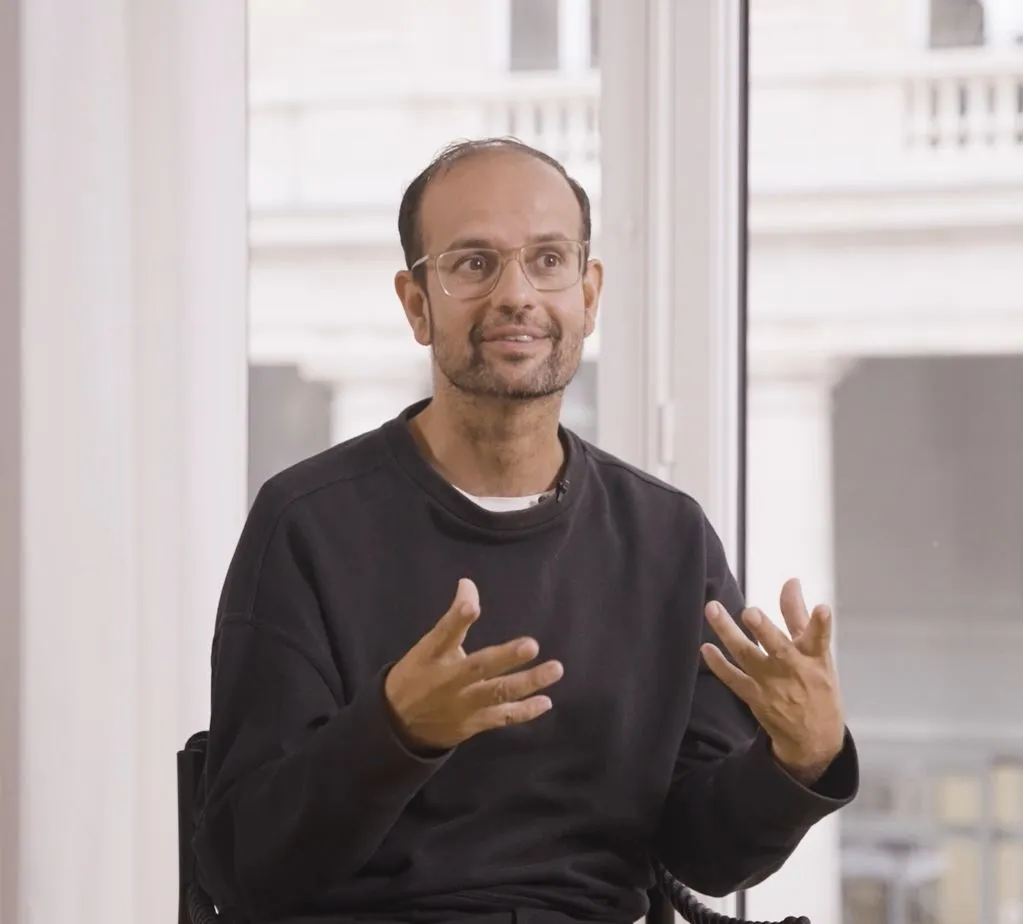
“The most complex technology is being human” Tino Sehgal
Tino Sehgal constructs situations. His works are encounters.
For the Bourse de Commerce, he has restaged his performance Annlee: young actresses play Annlee in the space, stimulating interactions with the audience.